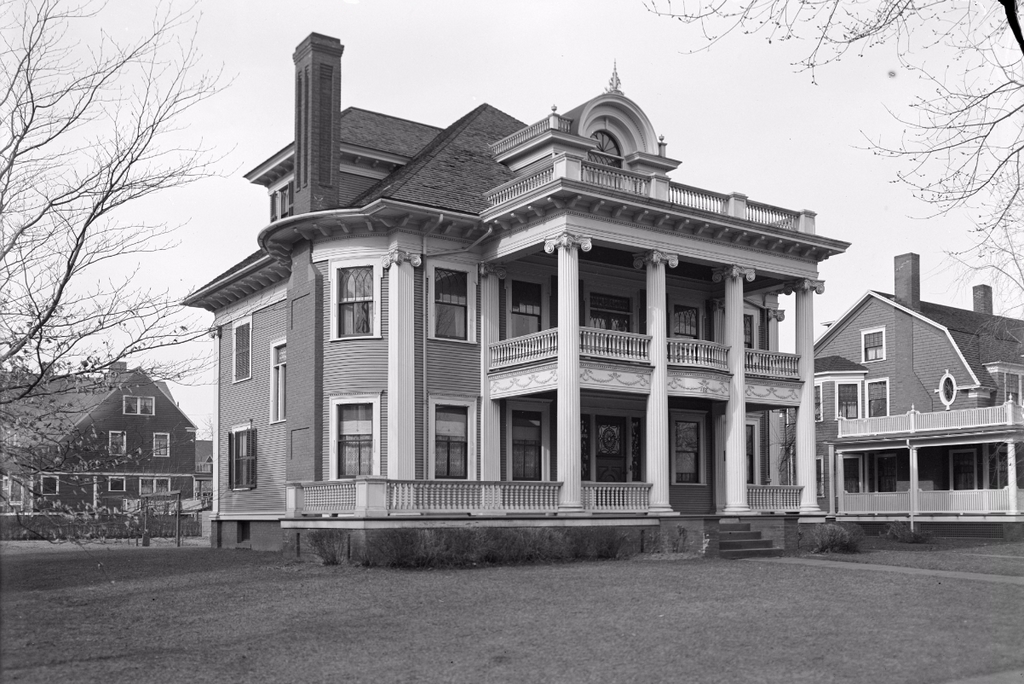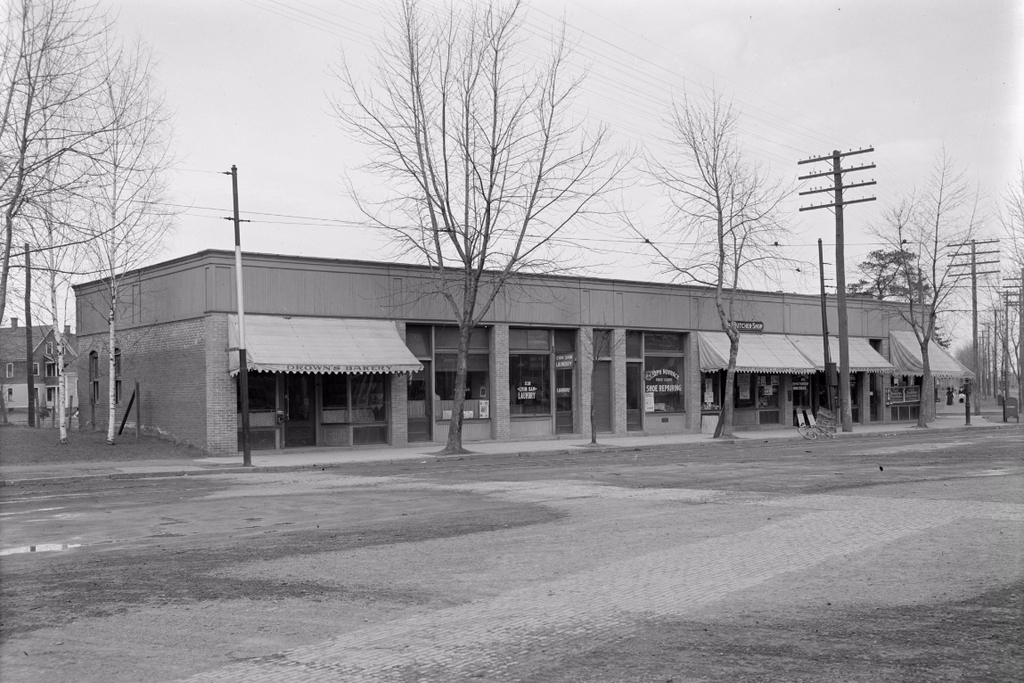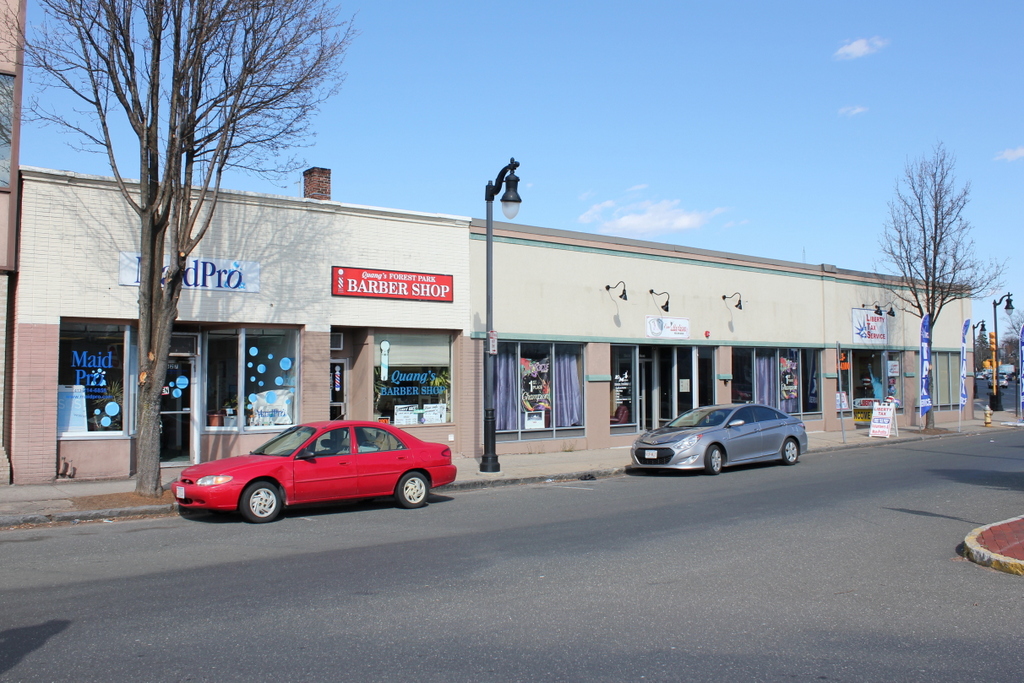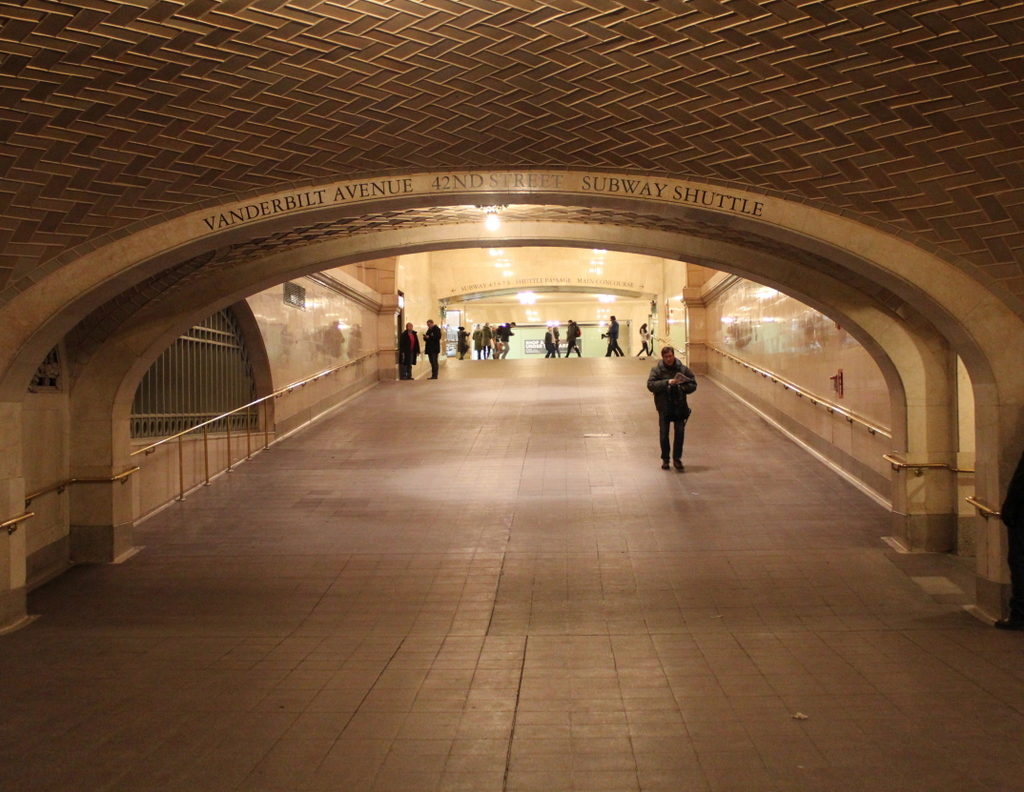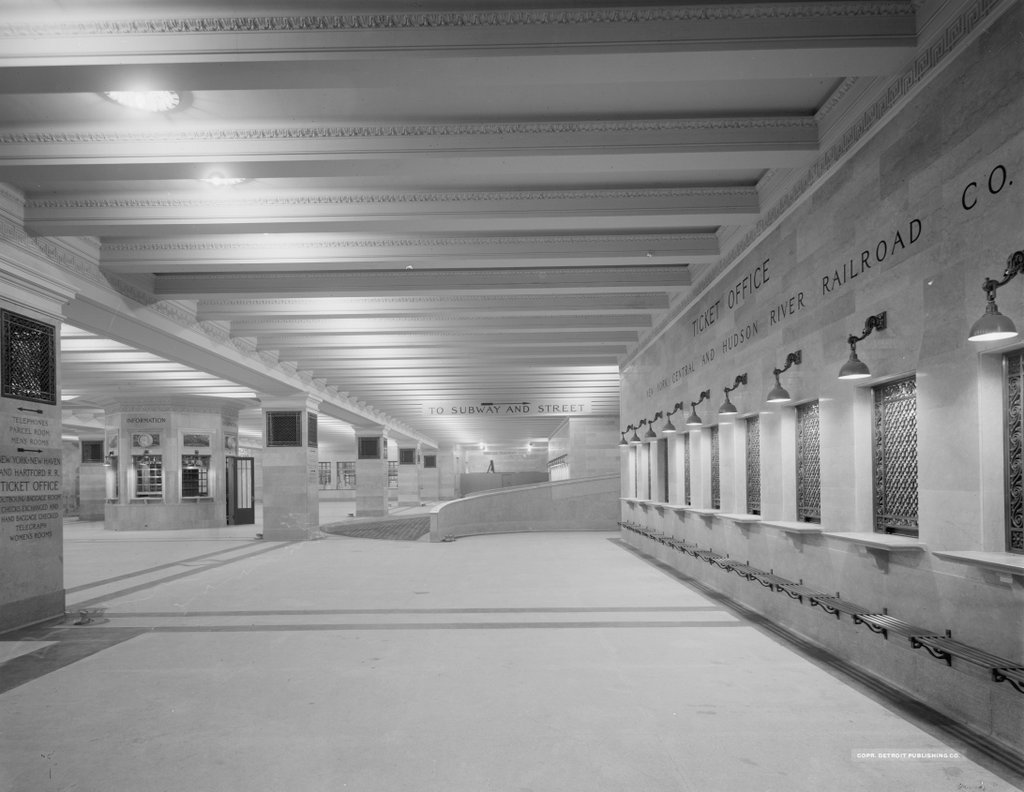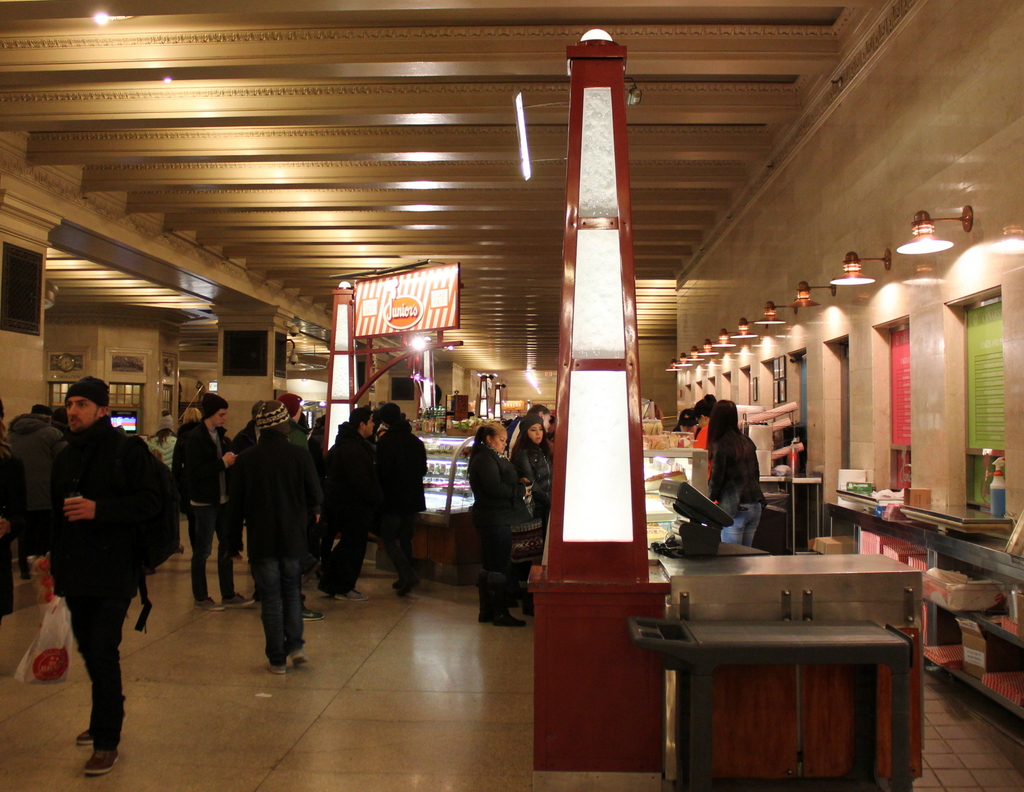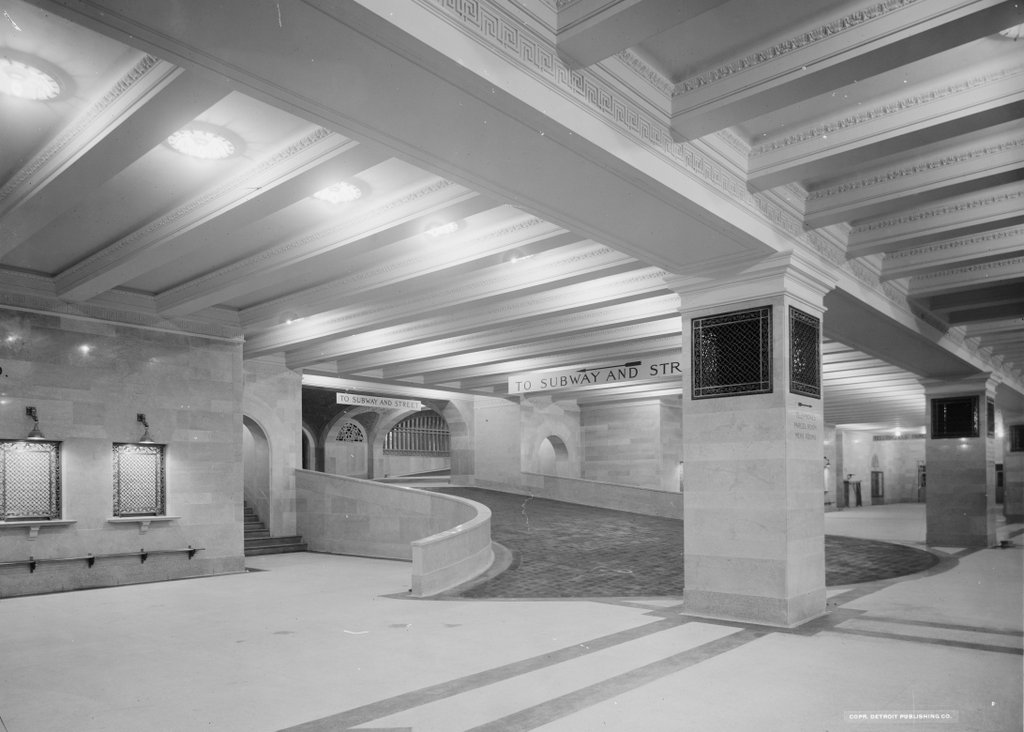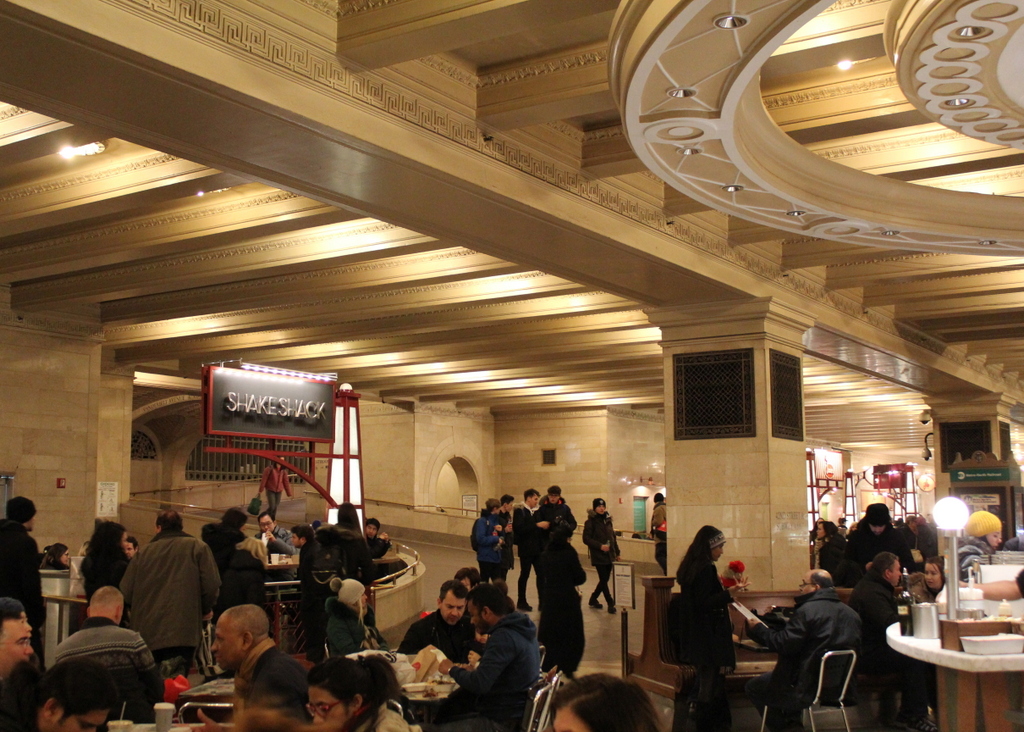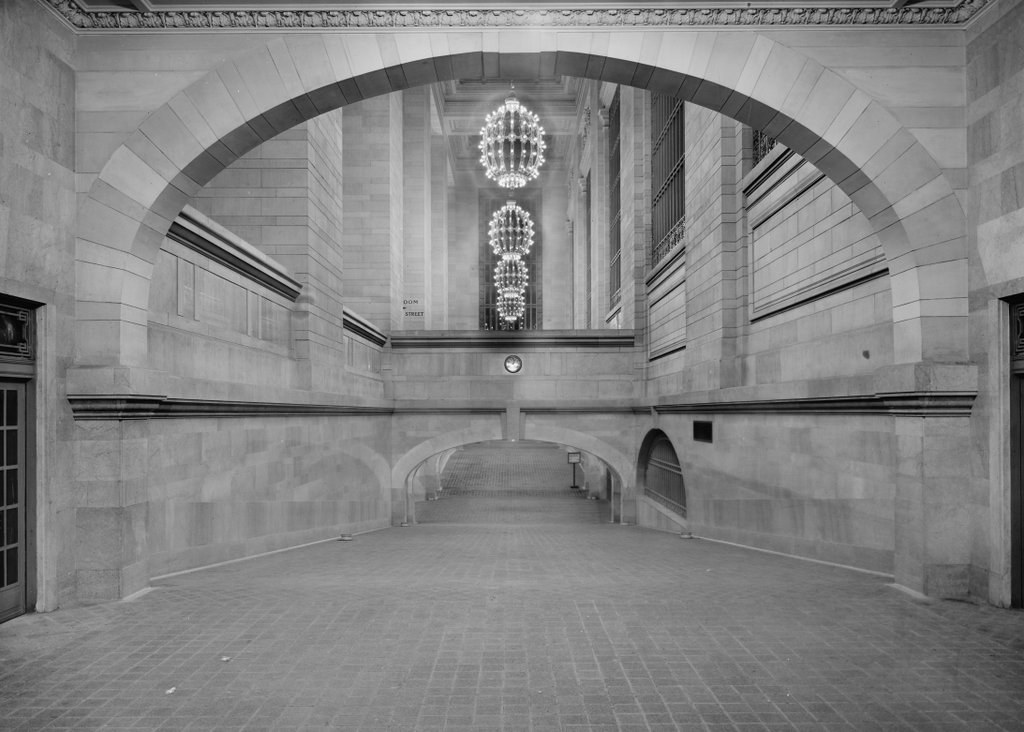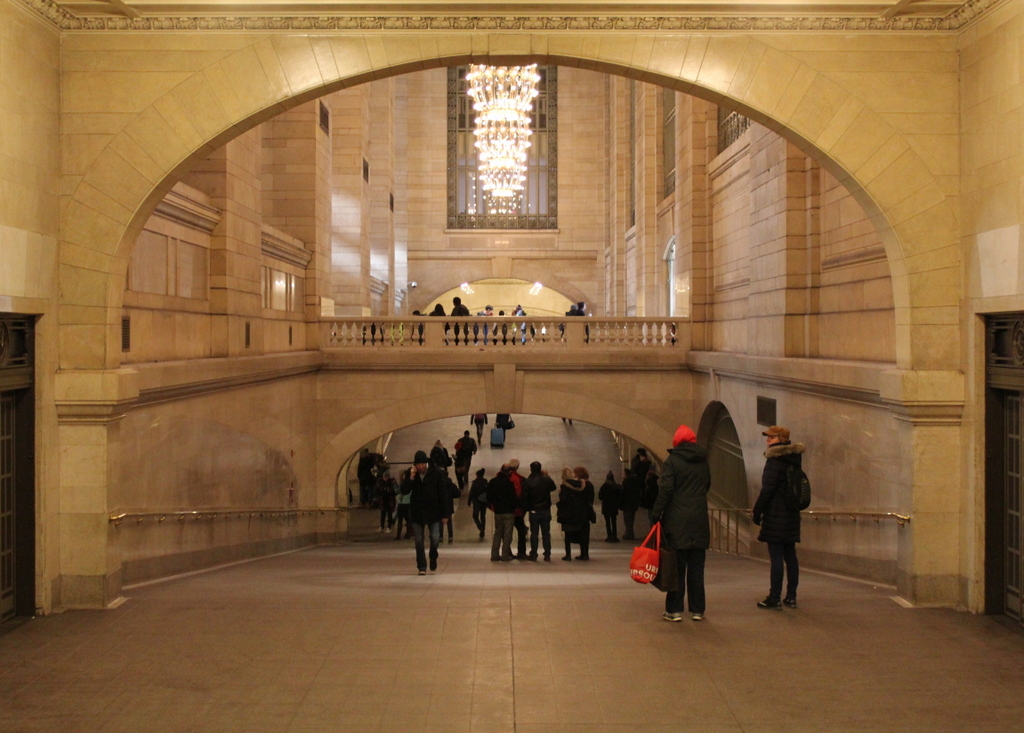The F.W. Lathrop House on Sumner Avenue in the Forest Park neighborhood of Springfield, on April 8, 1911. Image courtesy of the Longmeadow Historical Society, Emerson Collection.
The house in 2016:
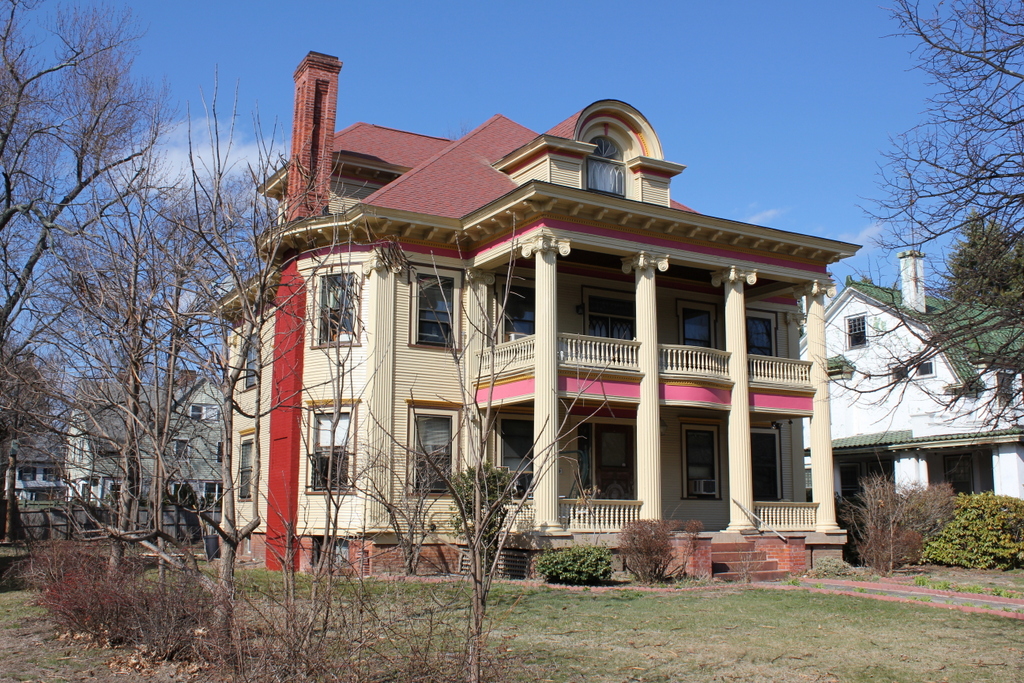
This mansion at 188 Sumner Avenue was built in 1899 for real estate dealer Frederick W. Lathrop and his wife Flora. At the time, Forest Park was becoming a fashionable neighborhood, and many large, elegant homes were built along Sumner Avenue and other streets in the area. The photo in this earlier post shows the house on the left side of the tree-lined street in around the same time period. Lathrop died in 1917 and Flora in 1933, and since then the home has gone through a variety of uses, including as a Jewish temple, a Jewish school, an art school, and a bed and breakfast. Today, the house is a well-preserved example of Springfield’s historic mansions, and it is part of the Forest Park Heights Historic District on the National Register of Historic Places.

